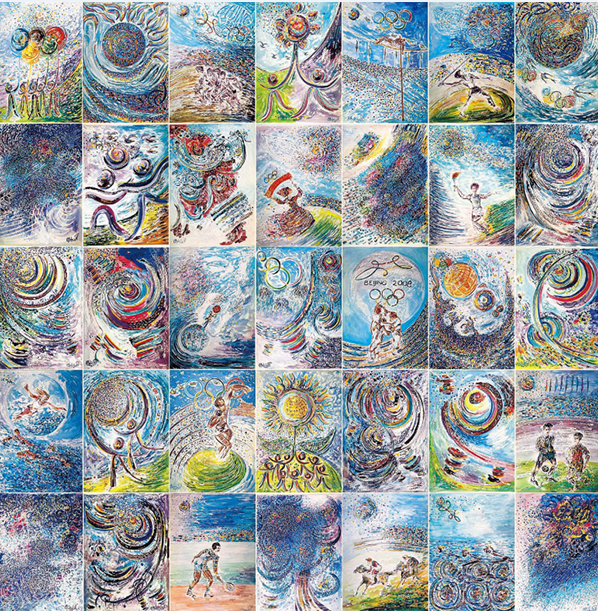
Colors and Olympic / Abdelmajid Elbekri(Tunisia) / 2007 / mixed media / 40cm×55cm×35 pieces / Work from the 3rd Beijing Biennale, 2008
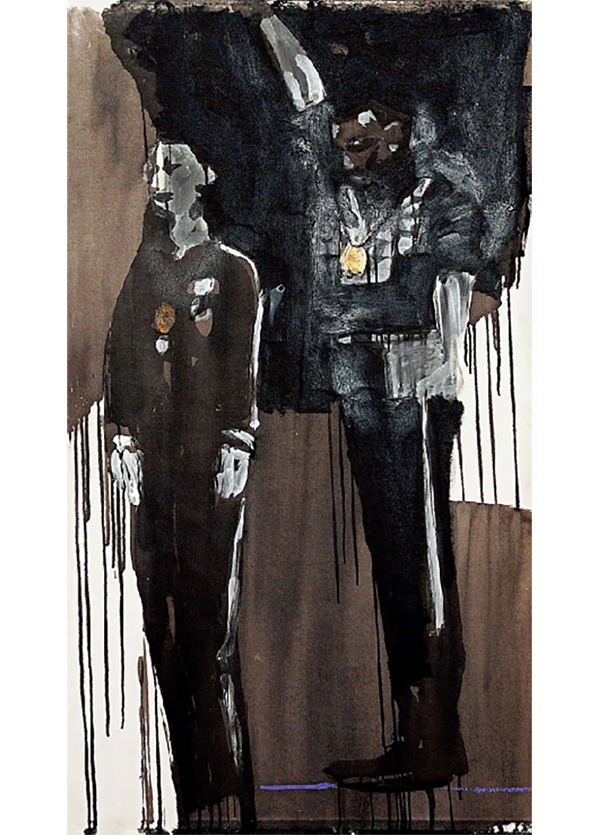
Tommy Smith and Peter Norman / Brian Maguire(Ireland) / 2007 / acrylic on canvas / 145cm×70cm / Work from the 3rd Beijing Biennale, 2008

Olympiad’s light / Myo khin(Burma) / 2006 / oil on canvas / 180cm×790cm / Work from the 3rd Beijing Biennale, 2008
Key Word: Olympic Uniforms, Medals and Bouquets
Olympic uniforms are an important part of the whole Olympic system and make staff, technologists and volunteers easily identified, as the uniforms contain Olympic symbols and patterns. The clothes are provided by the host countries, whereas those of delegations are designed by participating countries themselves to demonstrate their own culture.
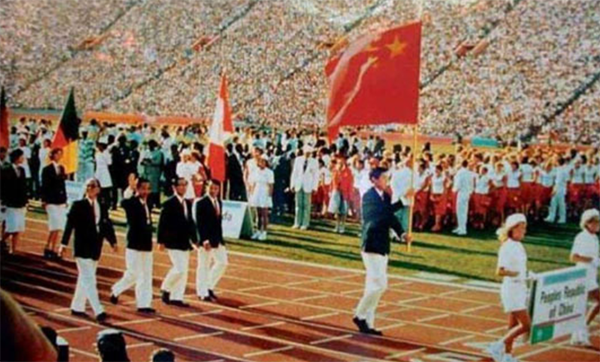
Uniform of the Chinese Delegation at Opening Ceremony of the Los Angeles 1984 Olympic Games
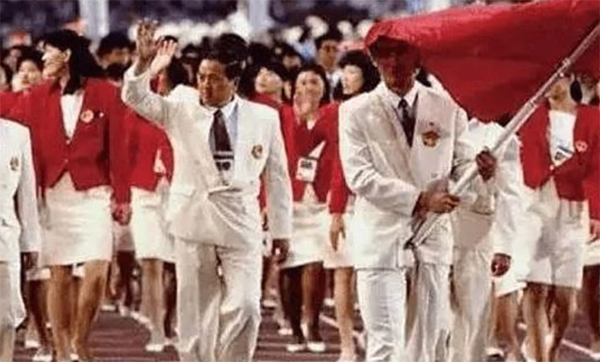
Uniform of the Chinese Delegation at Opening Ceremony of the Barcelona 1992 Olympic Games
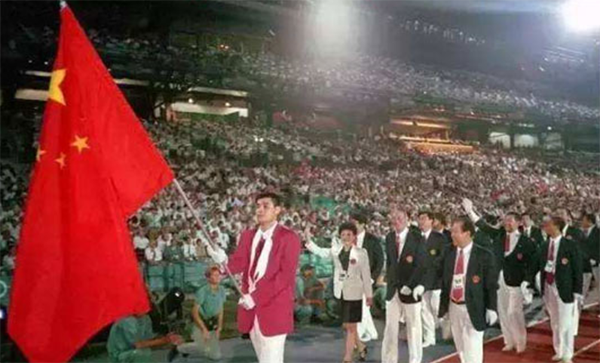
Uniform of the Chinese Delegation at Opening Ceremony of the Atlanta 1996 Olympic Games
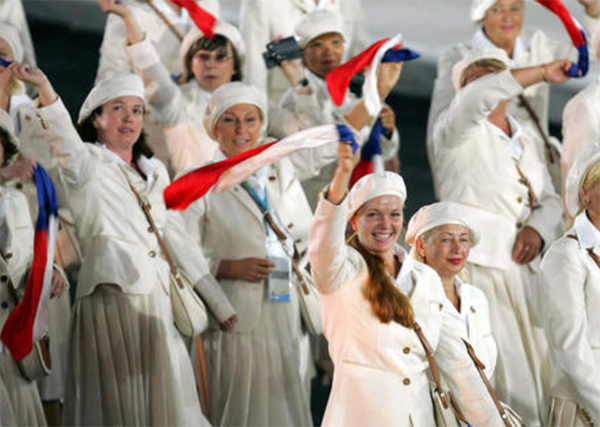
Uniform of the Russian Delegation at Opening Ceremony of the Athens 2004 Olympic Games
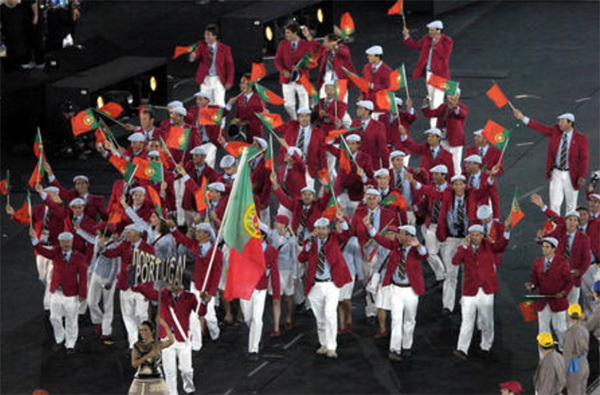
Uniform of the Portuguese Delegation at Opening Ceremony of the Athens 2004 Olympic Games
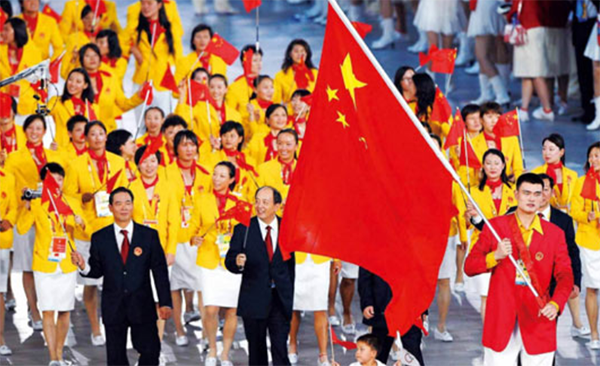
Uniform of the Chinese Delegation at Opening Ceremony of the Beijing 2008 Olympic Games
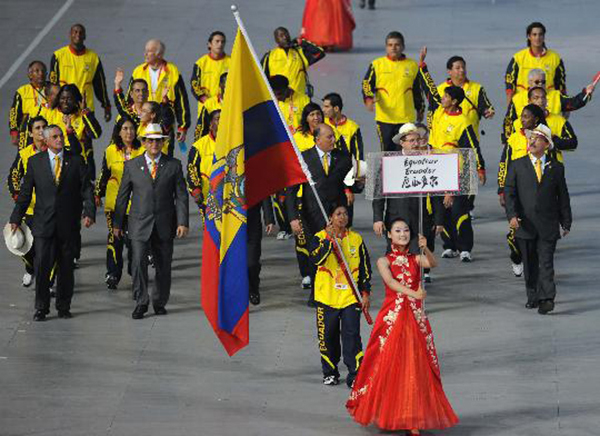
Uniform of the Ecuadorian Delegation at the Beijing 2008 Olympic Games
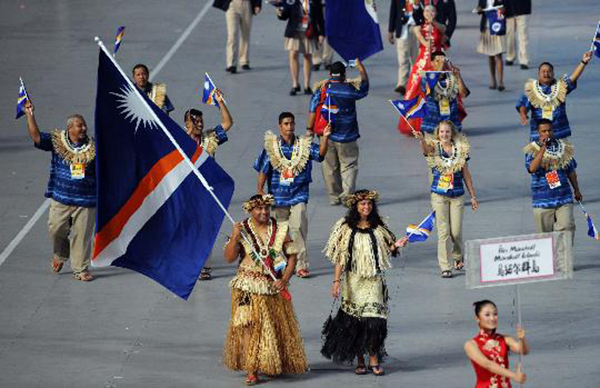
Uniform of the Marshallese Delegation at the Beijing 2008 Olympic Games
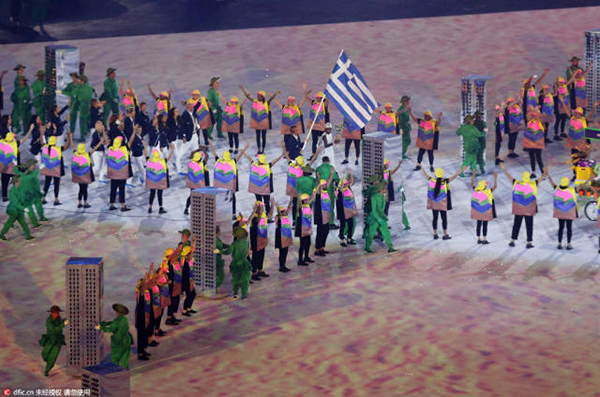
Greek Delegation at the Rio de Janeiro 2016 Olympic Games
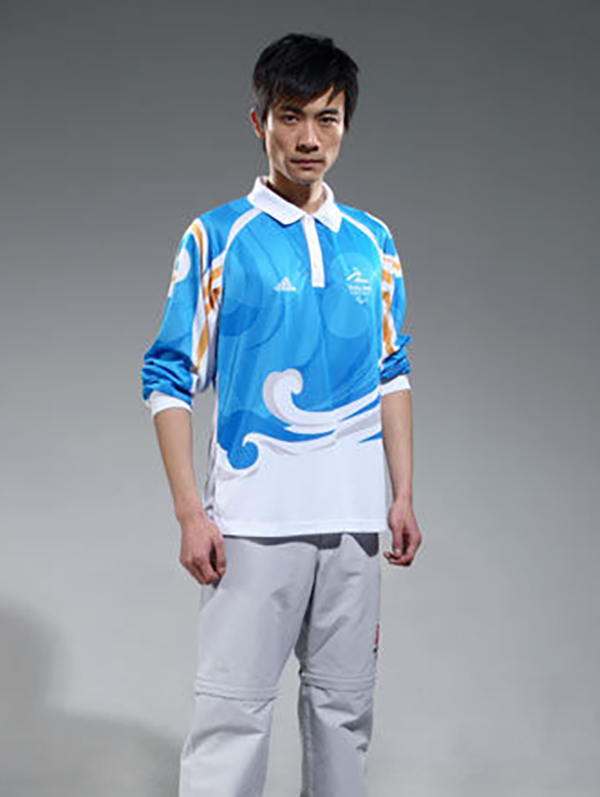
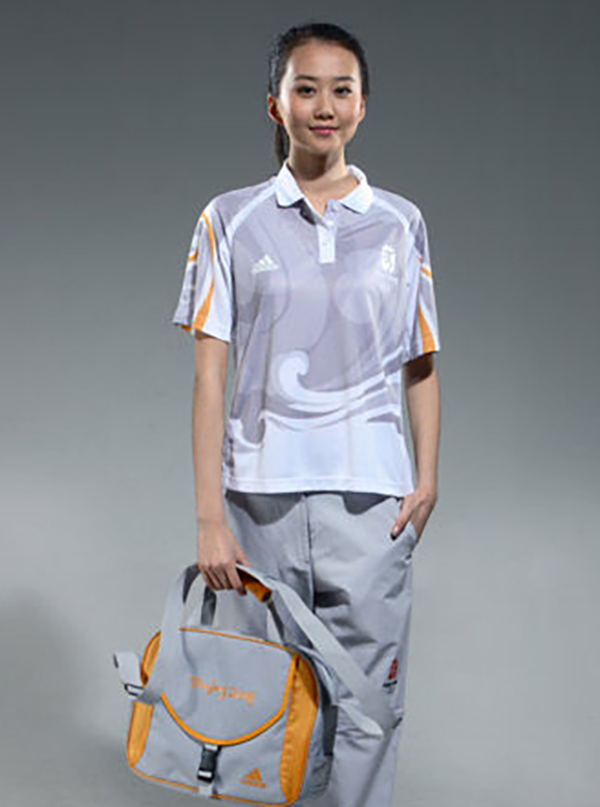
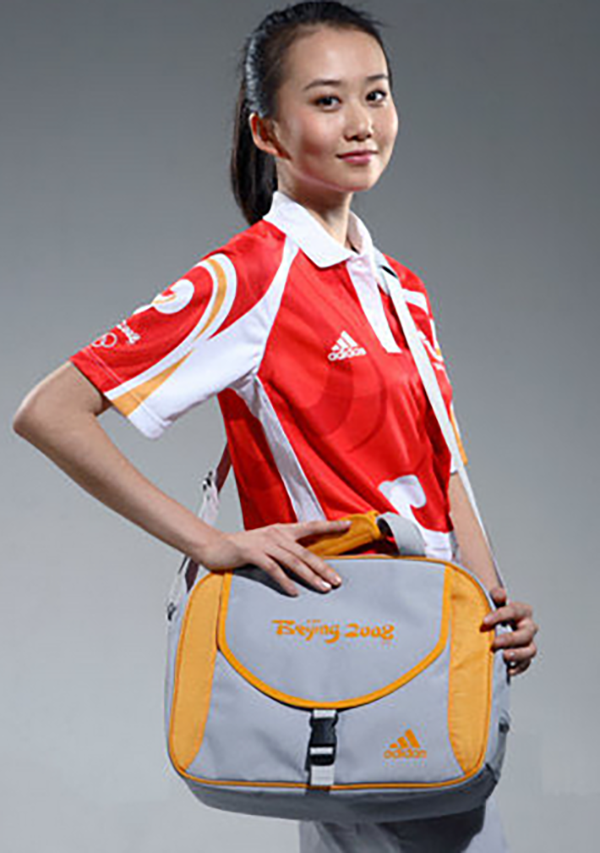
Uniforms of Staff, Technicians and Volunteers of the 2008 Olympic Games
Olympic medals are designed to encourage athletes. Gold, silver and bronze medals are assigned to the three best placed athletes in each event. Medals are designed and produced by the organizing committee of the host city, and owned and granted by the IOC. There were no rules for medal making until the 1928 Amsterdam Olympics, when rules were basically set. In 1978, the IOC protocol, including specifications for medals, was developed.
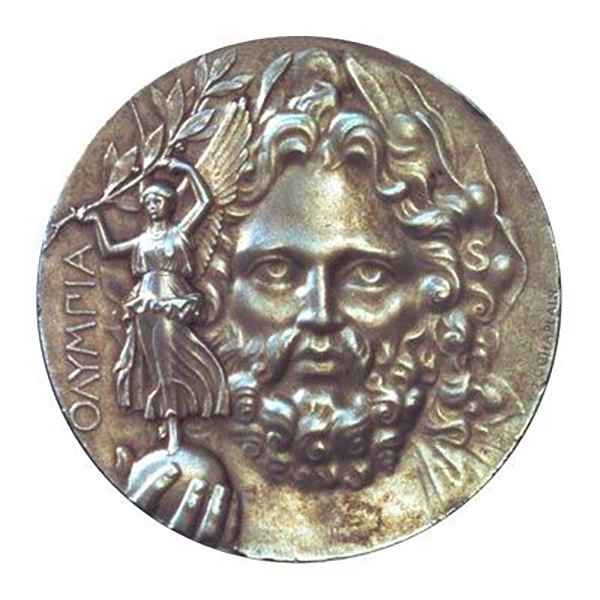
Gold Medal of the Athens 1896 Olympic Games
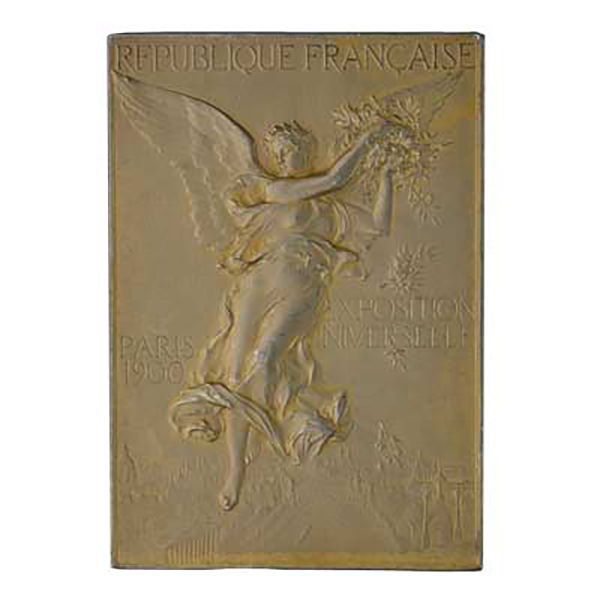
Gold Medal of the Paris 1900 Olympic Games
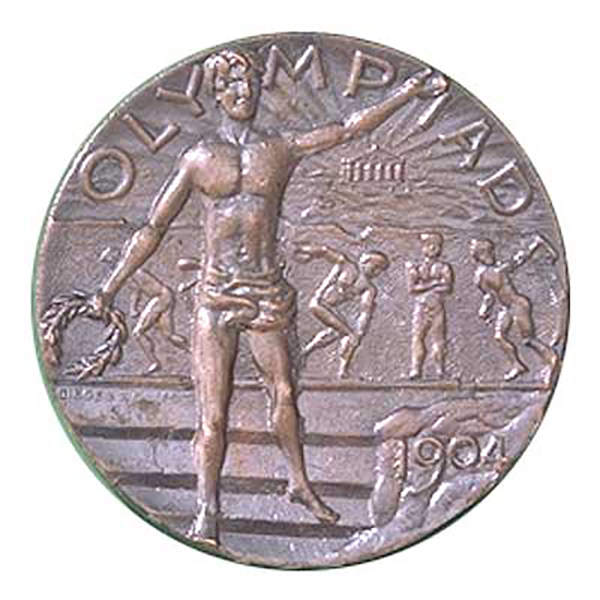
Gold Medal of the St. Louis 1904 Olympic Games
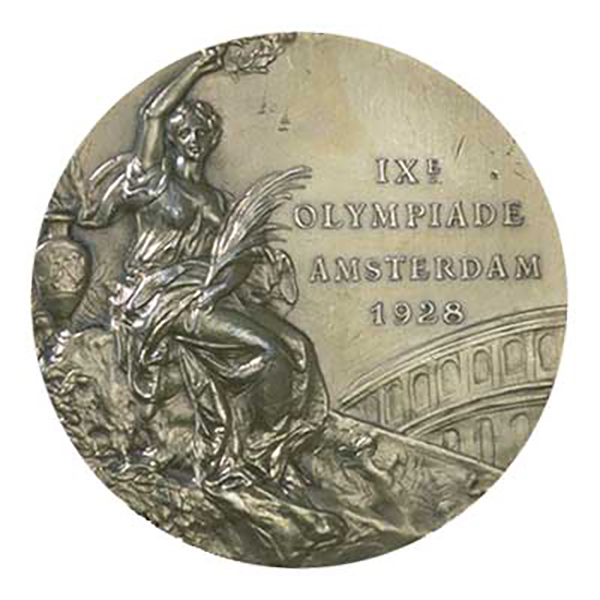
Gold Medal of the Amsterdam 1928 Olympic Games
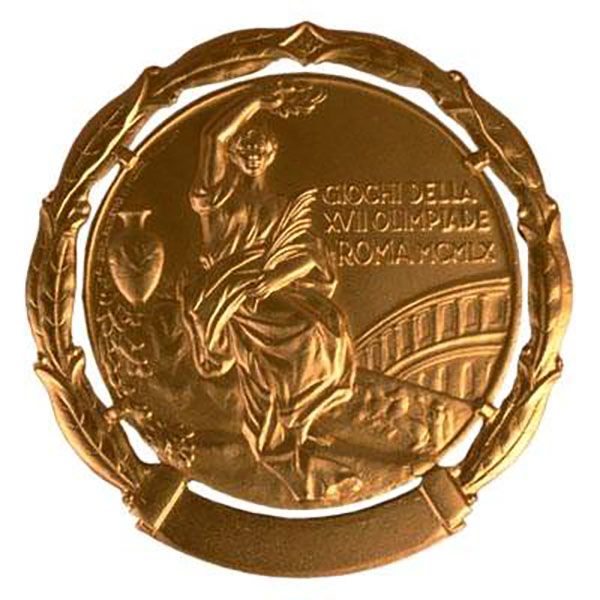
Gold Medal of the Rome 1960 Olympic Games
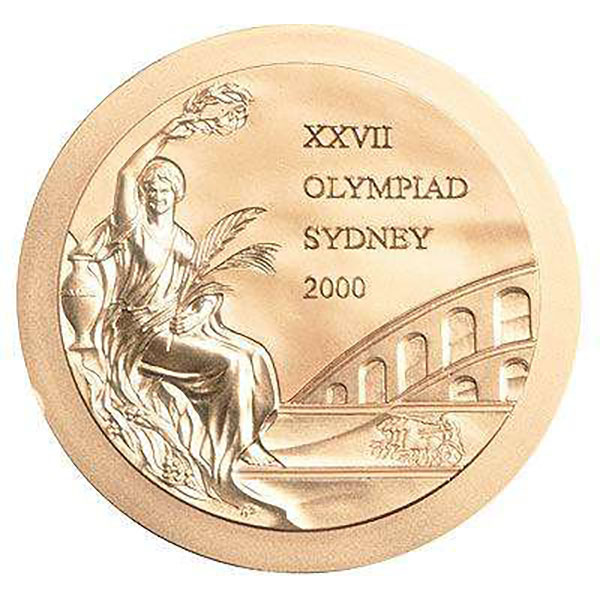
Gold Medal of the Sydney 2000 Olympic Games
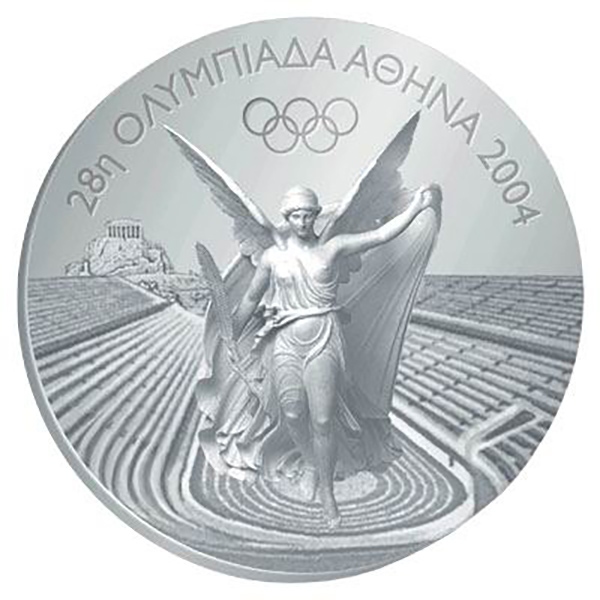
Gold Medal of the Athens 2004 Olympic Games
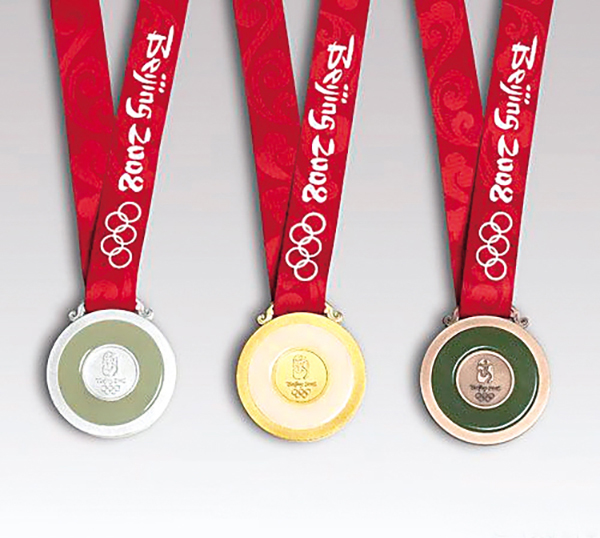
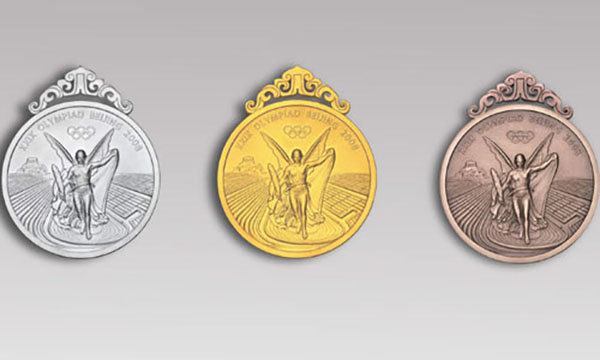
In terms of the medal of the Beijing 2008 Olympic Games, on its obverse side, the medal reflects the Greek character of the Olympic Games: the goddess of victory Nike picture in the Panathinaikos Stadium. On its reverse side, the medal is inlaid with jade with the emblem of the 2008 Games in Beijing engraved in the metal centrepiece.
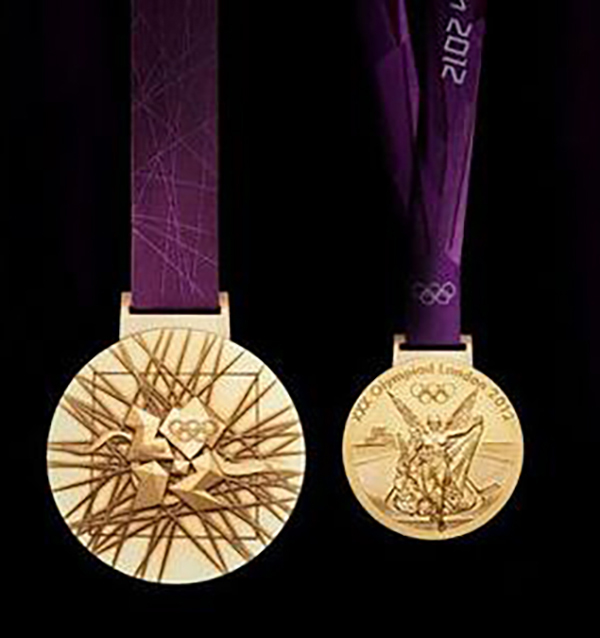
Medal of the London 2012 Olympic Games
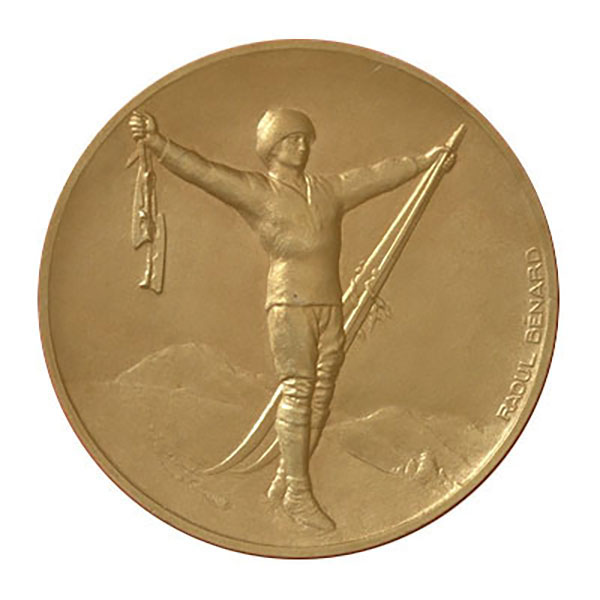
Medal of the Chamonix 1924 Winter Olympics
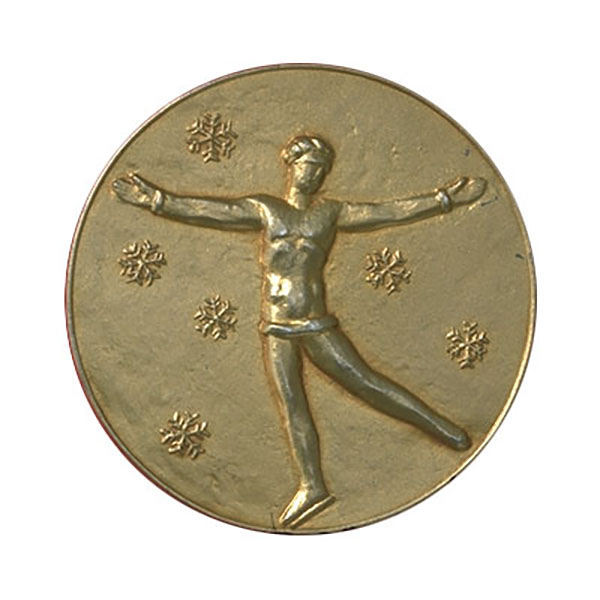
Medal of the St. Moritz 1928 Winter Olympics
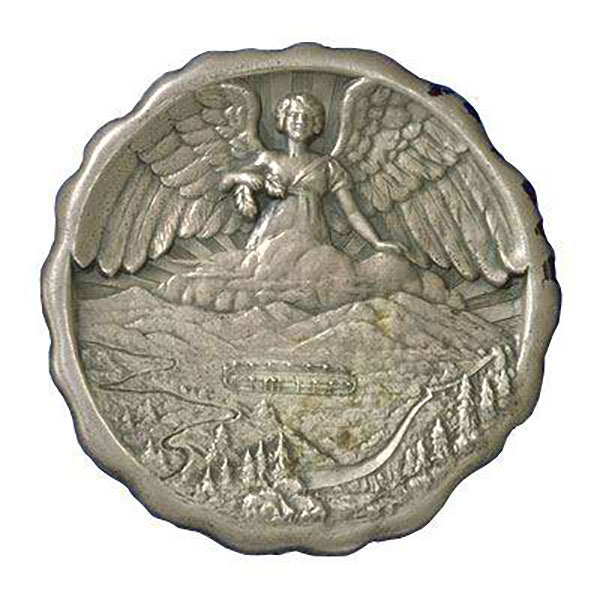
Medal of the Lake Placid 1932 Winter Olympics
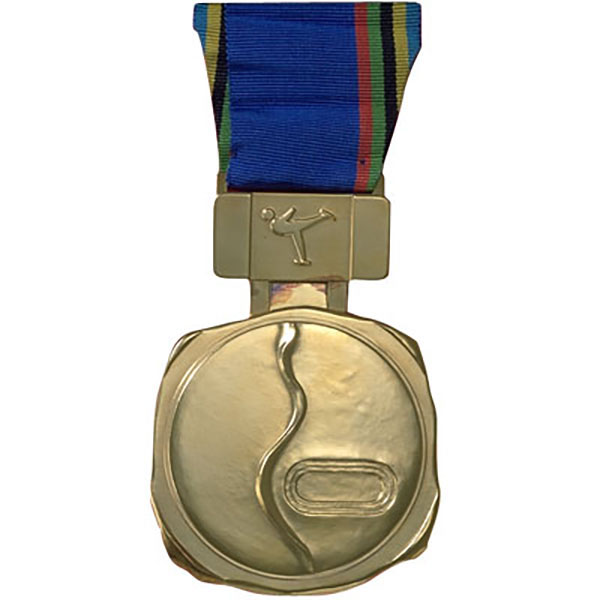
Medal of the Sapporo 1972 Winter Olympics

Medal of the Sarajevo 1984 Winter Olympics
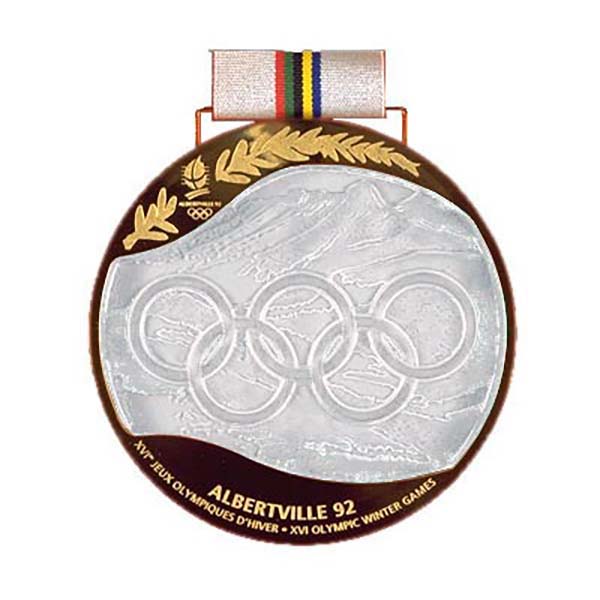
Medal of the Albertville 1992 Winter Olympics
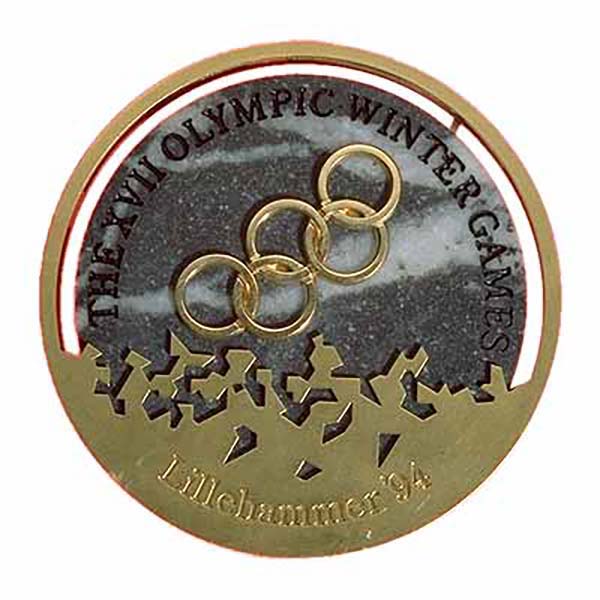
Medal of the Lillehammer 1994 Winter Olympics
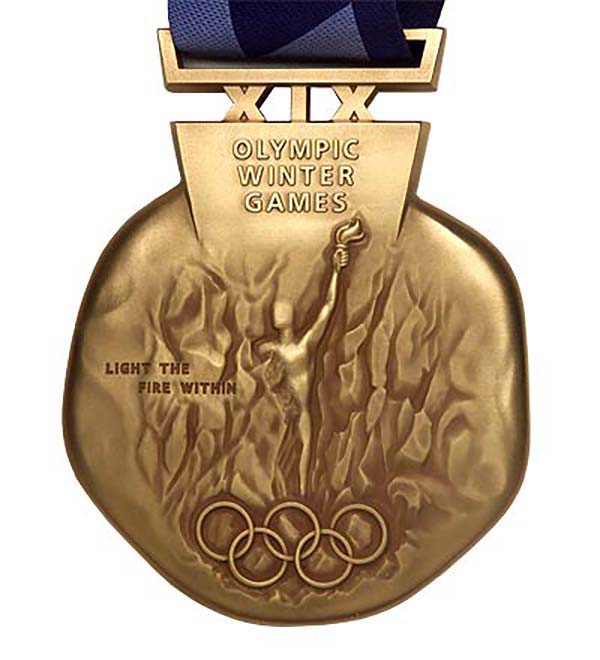
Medal of the Salt Lake City 2002 Winter Olympics
As the 2022 Winter Olympics and Paralympics are intensively prepared, designs of their uniforms, medals and bouquets will soon be unveiled.
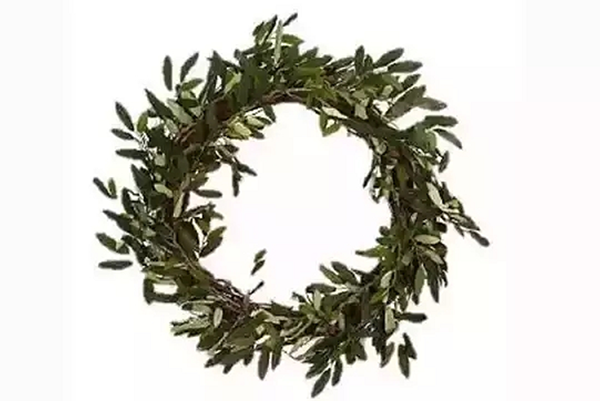
Olive branch, a symbol of peace and friendship, is an important factor of the Olympic bouquets.
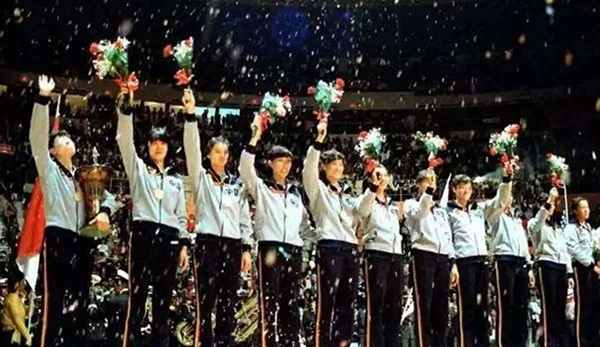
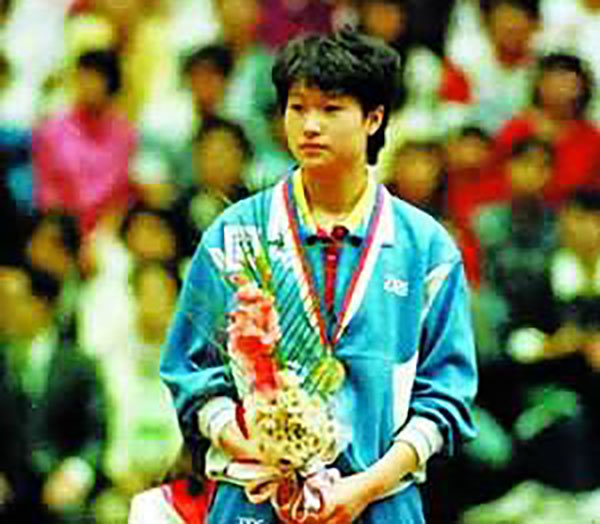
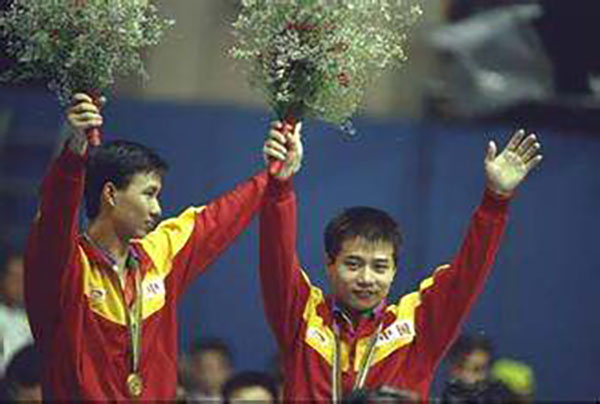
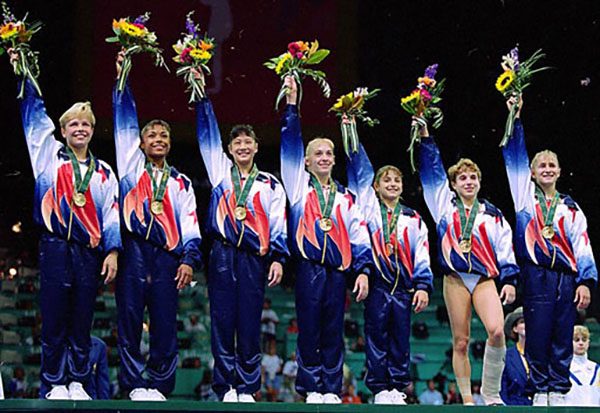
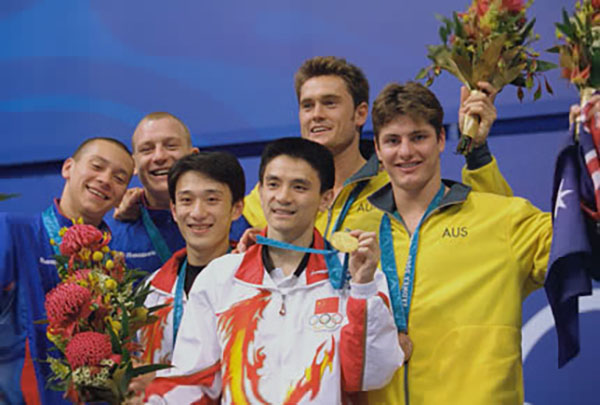
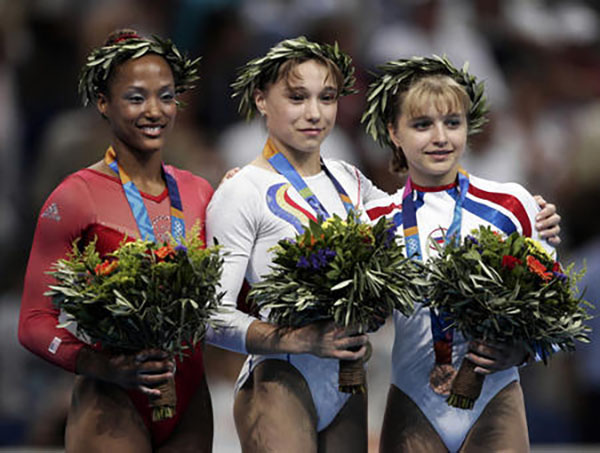
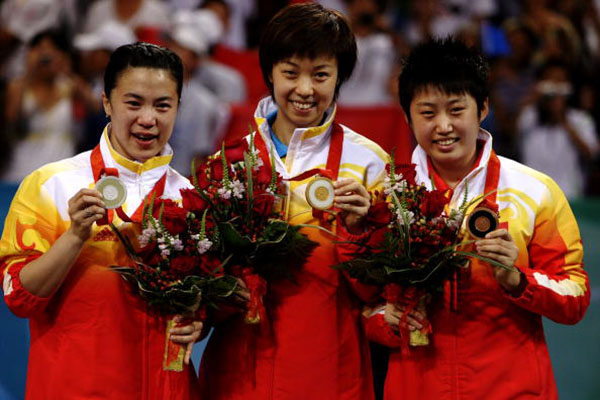
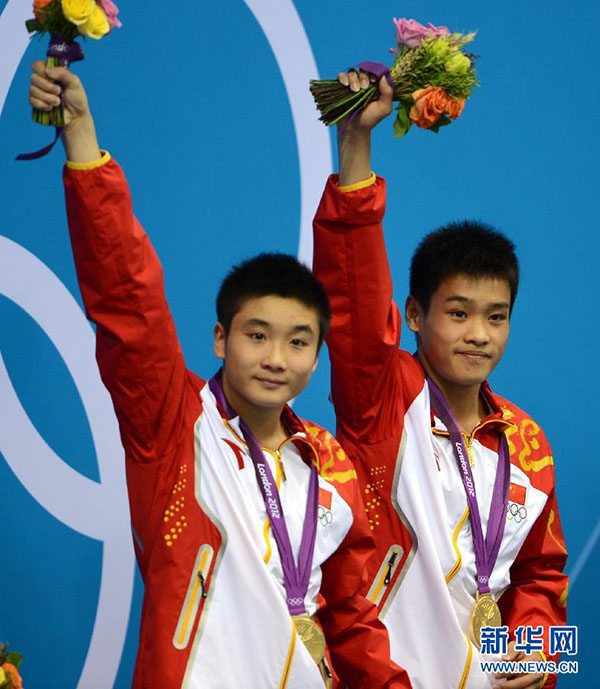
The 14 key words will be published one by one. Look forward to your interest and participation in the Beijing Biennale.
(Notes: Please strictly follow copyright laws and relevant regulations in and outside China when referring to captions, photos and other information in your creation. Plagiarism is unacceptable. Copyright-related legal issues should be taken care of by artists themselves.)
